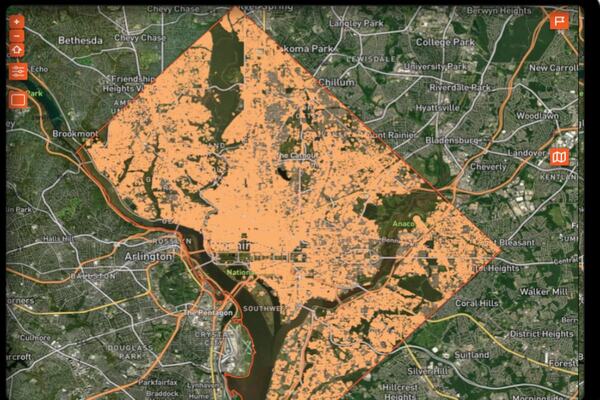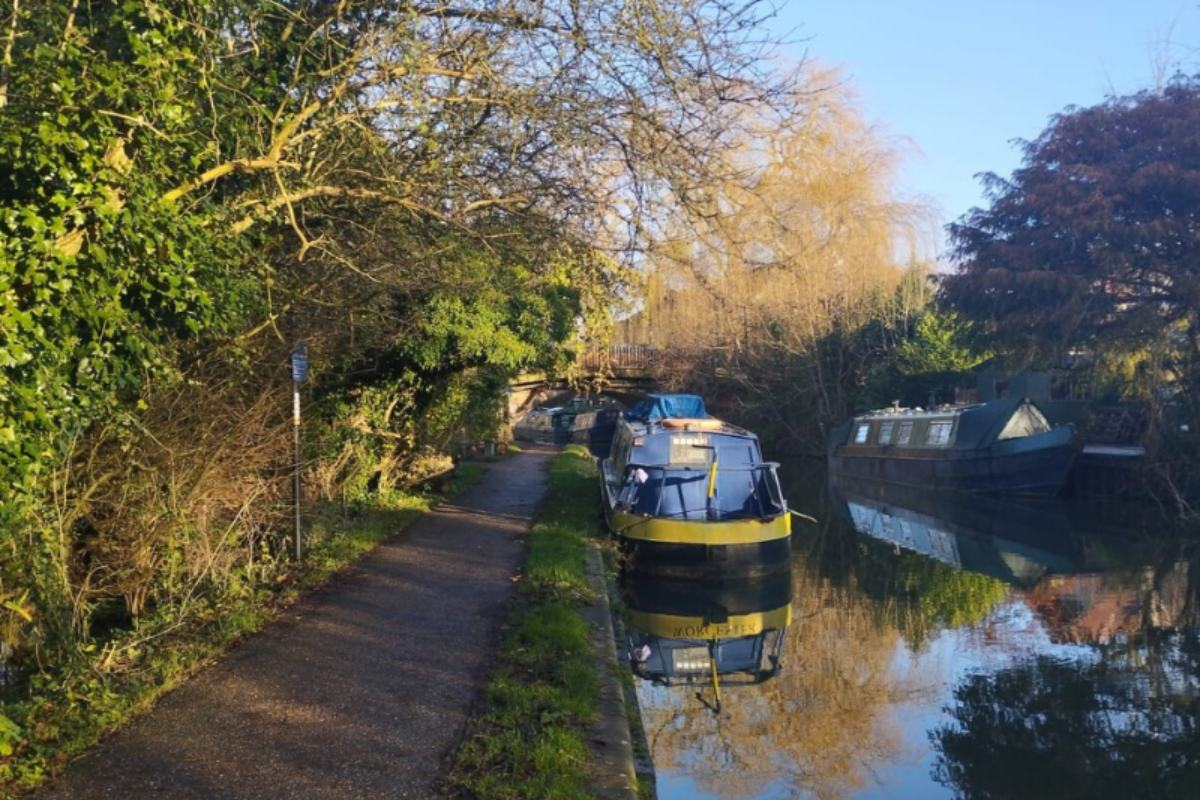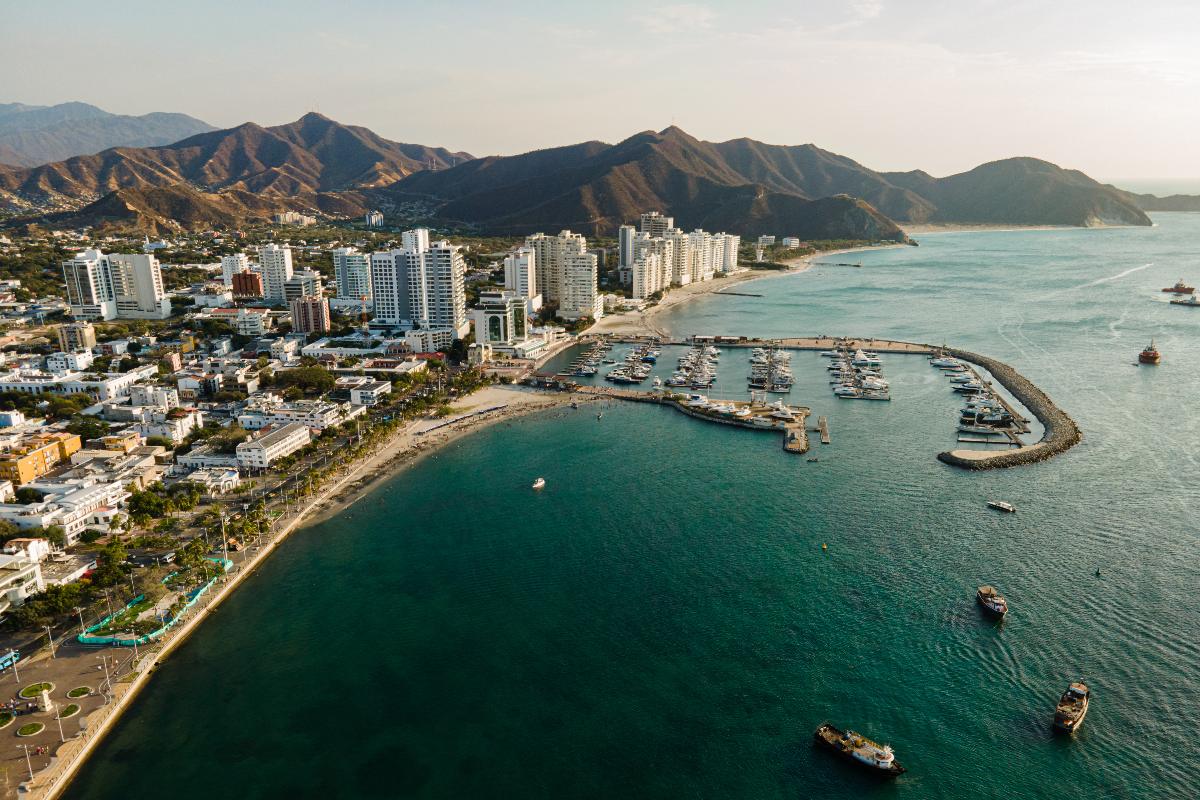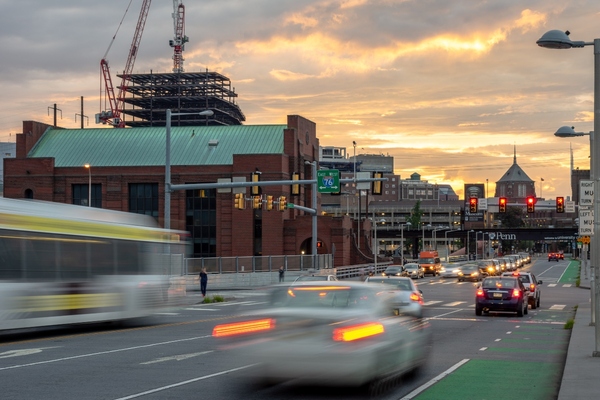Special Reports
SusHi Tech Tokyo 2024: experience ‘Tokyo 2050’ todaySponsored by The SusHi Tech Tokyo 2024 Showcase Program Executive Committee
Canadian city launches rapid transit system
Waterloo Region’s 16km light rail system is core to its master plan for sustainable mobility and to help create one urban area from three cities in Ontario.
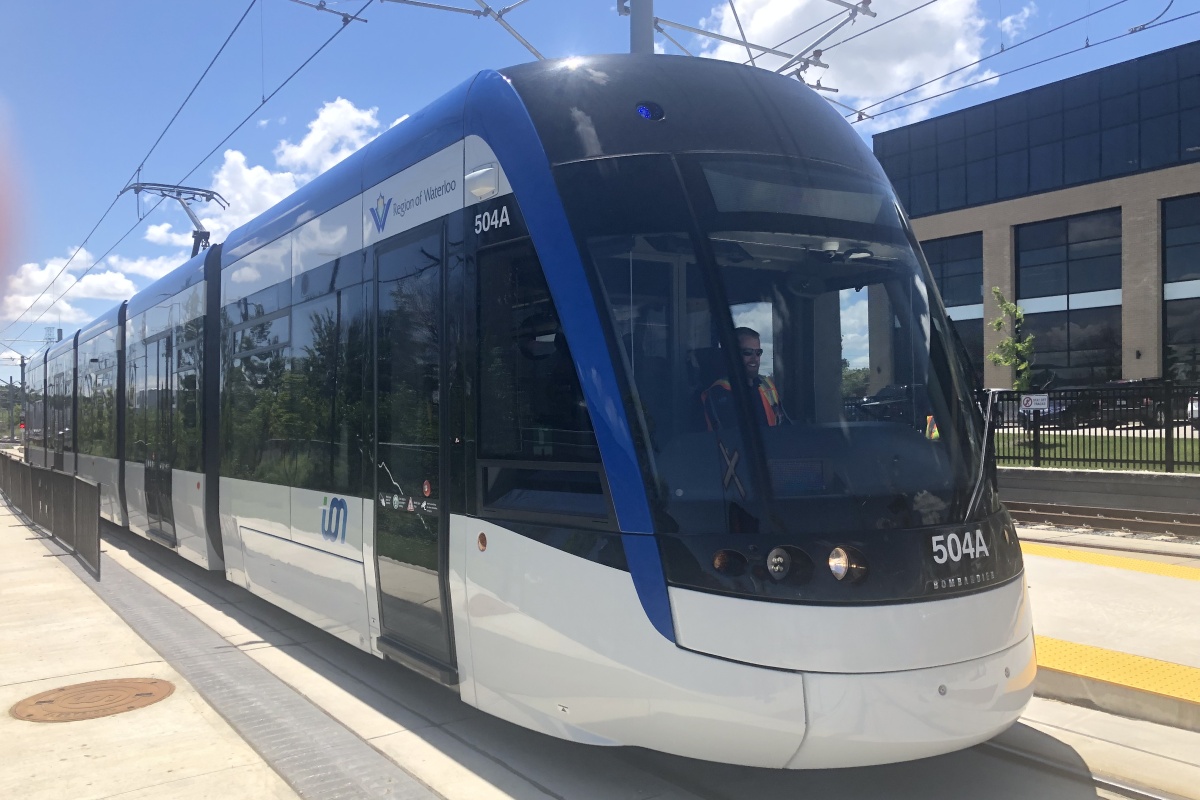
Canada’s Waterloo Region in Ontario, the fourth largest community in the province with a population of over half a million, has launched a rapid transit system at Kitchener’s Fairway Station.
The ION LRT (Light Rail Transit), run by shared mobility specialist Keolis, will serve the residents and visitors of Kitchener, Waterloo and Cambridge, as well as surrounding rural municipalities. It marks Keolis’ first light rail operation in North America.
Public-private partnership
As part of the GrandLinq Consortium1, Keolis Grand River (Keolis’ local subsidiary) is responsible for the 16km of light rail line operations for the next 10 years, and maintenance for the next 30 years. The contract has been awarded under a public-private partnership (PPP).
This light rail is core to the Region’s ambitious master plan for sustainable mobility to create one urban area from the three cities, as well as increase the attractiveness of the Technological Triangle of Canada.
“Supporting cities and regions in developing sustainable, accessible and comfortable mobility solutions is in our DNA”
The trams will run on a dedicated rapid route along tracks isolated from regular traffic, except at intersections and road crossings. The project is divided into two phases. Phase two studies are underway.
The network is funded by all three levels of government and fully integrated within the Region of Waterloo’s existing public transport service, Grand River Transit (GRT). The transport options, for which just one fare applies, will be flexible and inclusive as the population grows.
“We began testing and commissioning the trams and control centre in July 2017,” said Bernard Tabary, CEO International of Keolis Group, which currently operates 25 tram networks in the world. “Now, with responsibility for operating and maintaining the ION LRT for Region of Waterloo, we’re looking forward to enhancing quality of life in the region for many years to come.
“Supporting cities and regions in developing sustainable, accessible and comfortable mobility solutions is in our DNA.”
Phase one of the system includes 19 stations and 25,000 passengers are expected per day. A service will operate every eight minutes during peak hours with off-peak schedule of 15 minutes frequency.
You might also like:
- Phase one of Qatar’s first urban rail network opens
- Newcastle light rail opens for business
- Mobility on-demand service rolls out in France









